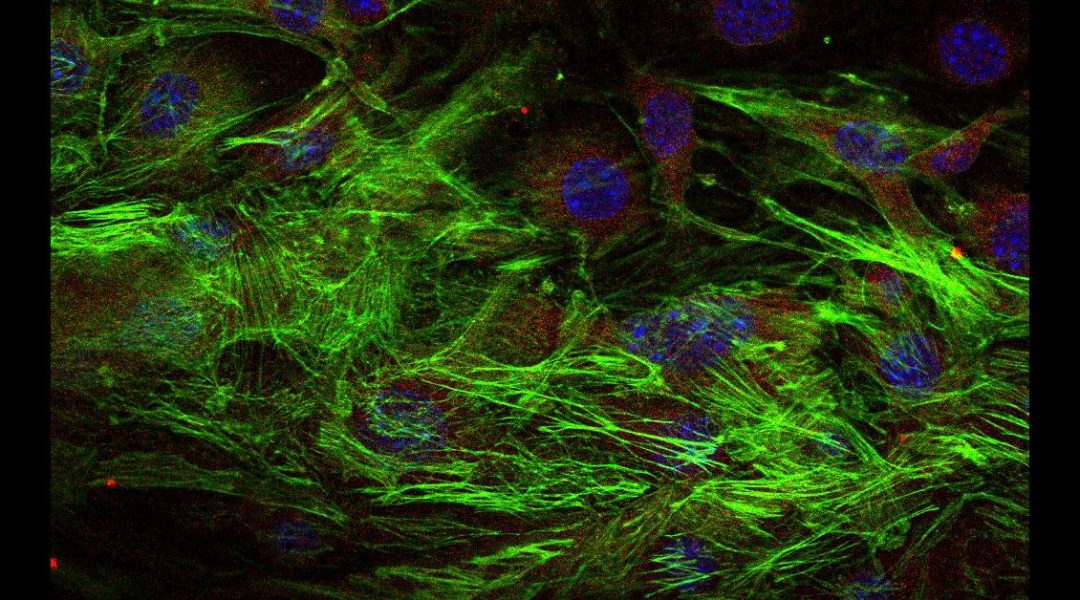Large drug delivery vehicles have the advantage of carrying large loads of drugs, but their size may limit their access to important hard-to-reach targets. Lower-capacity, smaller vehicles are often necessary to overcome this limitation.
In their article in Advanced Materials, Dr. Jacob W. Myerson and Prof. Vladimir R. Muzykantov from the University of Pennsylvania, and their co-workers report large, highly deformable polymeric nanoparticles that can access small, constrained domains like caveolae for therapeutic drug delivery.
Prof. Vladimir R. Muzykantov: “Endothelia have some specific areas on the plasmalemma called caveolae—small caverns in the cell surface which are opening to the vesicles. These vesicles play very important functions: signaling, transporting, flow sensing, and many other functions in endothelia, including potentially delivery of agents to, and maybe across, endothelial cells.”
Lysozyme–dextran nanogels of 150- or 300-nm diameter were targeted to plasmalemma vesicle associated protein (PLVAP)—a marker of lung-based caveolae. The deformable nanogels could access constrained targets in caveolae, while rigid particles of the same size could not.
In vitro, targeted red-stained nanogels adhered to cells expressing PLVAP. When caveolar endocytosis was disrupted, red-labeled nanogels preferentially located on the green-labeled cell surface over the cell interior, indicating uptake of the large, deformable nanogels had occurred via the small caveolae.
Dr. Jacob W. Myerson: “So, in our study of nanoparticle targeting to caveolae we believe we’ve found that when particles are able to deform on the nanoscale they can squeeze and probe into hard-to-reach nanoscale milieus, like caveolae.”
Prof. Vladimir R. Muzykantov: “If we control the flexibility features of these carriers, then you can exceed the diameter of the entry to the caveolae, practically by orders of magnitude, and still achieve very specific drug delivery to these organelles. And hopefully this principle is extendable to other targets which are spatially poorly accessible, and it might have an important mechanistic and hopefully therapeutic applications in the future.”
To learn more about this strategy for delivering drugs to obscured targets, please visit the Advanced Materials homepage.

















